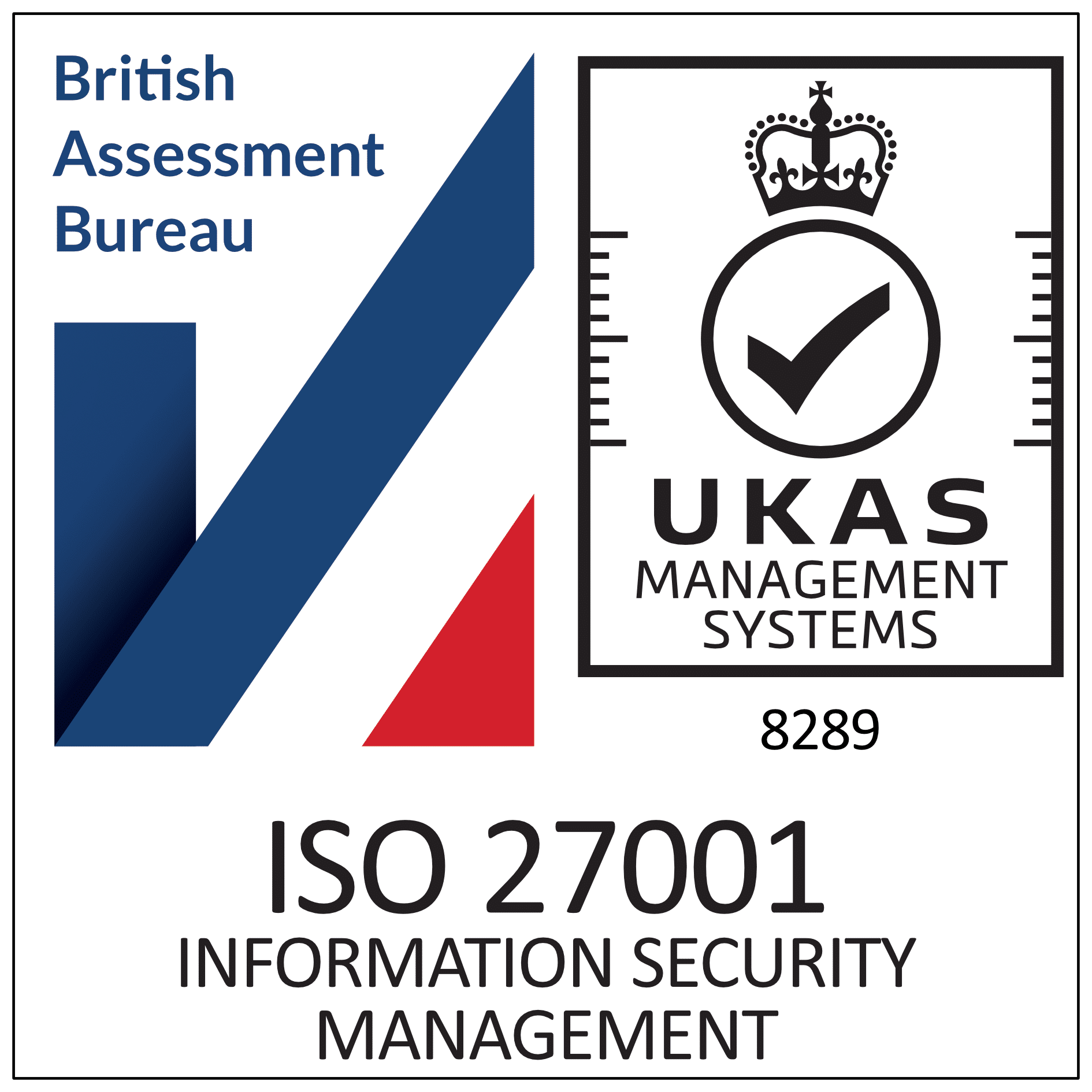The Microsoft Dynamics 365 Business Central 2025 Wave 1 release introduces powerful enhancements to E-Documents, bringing greater efficiency, flexibility, and compliance to electronic document management.
With advanced functionality for electronic invoices, credit memos, and more, businesses can now streamline e-document processing, reduce manual effort, and seamlessly meet regulatory requirements. Expanded capabilities for generating, sharing, and managing e-documents, along with improved localisation and integration, enable organisations to boost productivity and maintain accuracy across workflows.
Additionally, these updates empower ISVs and partners to extend functionality, supporting a wider range of formats and business scenarios tailored to specific regional needs. This blog discusses how these enhancements can transform your document management processes.
E-Documents
- Use e-docs with Power Automate and other solutions with APIs
- Send e-documents via a service and email simultaneously
- Use payments with the E-Document framework
- Create e-documents from posted sales invoices
- Use e-documents to fix unposted purchase credit memos.
1. Use e-docs with Power Automate and other solutions
The need for flexible and compliant ways to share electronic documents is critical, especially in today’s fast-paced environment. By leveraging APIs and Power Automate, businesses can streamline how they share and receive e-documents across various platforms, improving efficiency and accessibility.
Key Features and Benefits:
- Seamless Integration: With enabled APIs, sharing electronic sales documents from Business Central to other applications or services becomes effortless.
- Enhanced Functionality: Integrating Business Central’s E-Documents app with Power Automate connects to Power Platform tools and other systems, boosting functionality.
- BLOB File Sharing: Send e-documents as BLOB files through multiple communication channels, expanding beyond default connectors or email.
- Automated Document Receipt: The integration supports automating the receipt of electronic documents in the purchasing process, automatically transferring them to E-Documents tables in Business Central for further processing.
These features enable greater flexibility, ease of use, and efficiency for businesses looking to manage e-documents effectively.
2. Send e-documents via a service and email simultaneously
Business Central continues to improve how businesses share documents by introducing more flexible and streamlined options. With enhanced document sending profiles, users can now send documents via email and as electronic files simultaneously, simplifying communication and improving efficiency.
Key Features and Benefits:
- Automated Workflows – Trigger e-document creation automatically when posting sales orders, invoices, or credit memos, reducing manual effort.
- Configurable Processing – Select different sending models based on whether service integration is enabled, ensuring businesses can tailor document handling to their needs.
Screenshots:


These updates enhance efficiency, reduce manual steps, and provide businesses with more control over their document-sharing processes.
3. Use payments with the E-Document framework
Enhancing productivity and compliance, Business Central now offers improved tracking of e-documents, allowing businesses to quickly identify whether a document is fully paid, partially paid, or unpaid. This feature also helps meet legal requirements in certain countries.
Key Features and Benefits:
- Clear Payment Status – Easily mark and track e-documents as fully paid, partially paid, or unpaid for better financial visibility.
- Seamless Data Exchange – Payment information is automatically sent (accounts payable) or received (accounts receivable) through configured access points.
- Detailed Payment Insights – Track key payment details, including:
- Date of payment collection
- Amount collected (including VAT)
- Base amount and VAT at the time of payment.
With these enhancements, businesses can streamline payment tracking, improve financial accuracy, and ensure compliance with local regulations.
4. Create e-documents from posted sales invoices
E-documents, such as invoices and receipts, are essential for smooth business operations and regulatory compliance. However, occasional setup issues may prevent Business Central from generating e-documents when posting sales documents. Now, businesses can quickly create missing e-documents from posted documents, ensuring compliance and accuracy.
Key Features and Benefits:
- Regenerate Missing E-Documents – If an e-document wasn’t created due to setup issues, users can manually generate one from the posted document.
- Quick Verification – Easily check if an e-document exists by selecting the Open E-Document action in the Posted Sales Invoice page.
- Seamless Compliance – Ensure that all required e-documents are in place to meet local or industry regulations.
Screenshot:

This update enhances flexibility, reduces errors, and helps businesses maintain compliance without workflow disruptions.
5. Use e-documents to fix unposted purchase documents
Mistakes happen, but correcting them shouldn’t slow you down. If a purchase invoice or credit memo is accidentally deleted, and you can no longer link the incoming e-document, Business Central now allows you to recreate the missing document effortlessly so you can stay on track without disruptions.
Key Features and Benefits:
- Quick Document Recovery – Easily recreate deleted purchase invoices or credit memos based on e-document details.
- Seamless Workflow Continuity – Prevent errors from halting operations by restoring essential documents instantly.
- Accurate Data Mapping – The recreated document retains key details, using General Ledger (G/L) mapping or item references for consistency.
Screenshots:


With this feature, businesses can quickly resolve document deletion errors, ensuring efficiency and accuracy without unnecessary delays.
Please be aware that some features mentioned in this release plan are still in development. Delivery timelines may shift, and certain functionalities might not be available as initially projected (see Microsoft policy).




